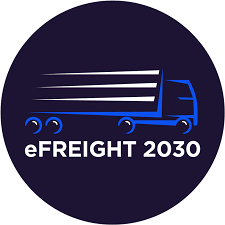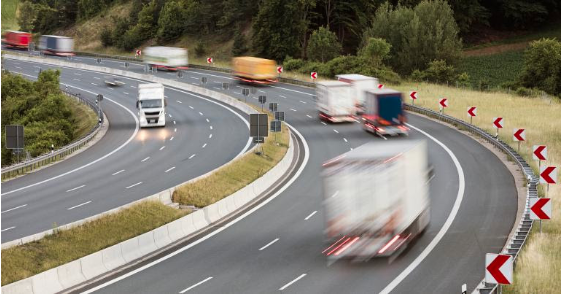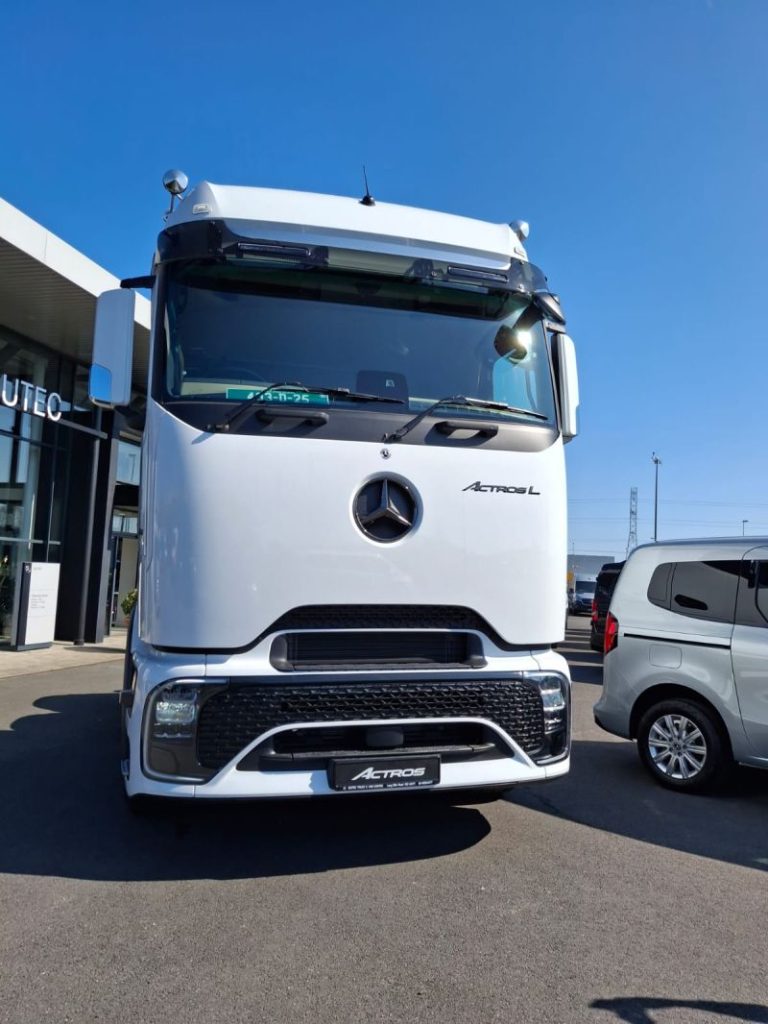The eFREIGHT 2030 consortium – committed to driving the UK’s transition to electric heavy goods vehicles (eHGVs) – has released its latest guidance – the eHGV Charger Connections Guide.
 Aimed at eHGV fleet owners, this comprehensive guide aims to demystify the complexities surrounding the connection of electric HGV (eHGV) chargers to the UK’s electricity network, offering vital insights into the necessary steps, costs, and challenges involved.
Aimed at eHGV fleet owners, this comprehensive guide aims to demystify the complexities surrounding the connection of electric HGV (eHGV) chargers to the UK’s electricity network, offering vital insights into the necessary steps, costs, and challenges involved.
This guide has been published as part of the eFREIGHT 2030 project, part of the Zero Emission HGV & Infrastructure Demonstrator (ZEHID) programme, which is funded by the Department for Transport and delivered in partnership with Innovate UK. The programme aims to decarbonise freight transport by accelerating the uptake of zero emissions HGVs, which includes supporting rapid infrastructure deployment to foster cleaner freight operations across the country.
Tackling the HGV decarbonisation challenge
Decarbonising the HGV sector is no small feat. For years, the industry has relied heavily on diesel, and as it begins its journey shifting toward battery-electric technology, significant infrastructure gaps pose serious challenges.
Freight operators, many of whom have never had to navigate the electricity network sector before, are faced with unpredictable and often high costs, complex network requirements, and delays due to limited grid capacity in key areas. Access to fast, reliable eHGV charging infrastructure is essential to reduce emissions and meet the UK’s Net Zero commitment.
As the sector decarbonises, meeting the need for widespread charging solutions is a key factor in ensuring the successful rollout of eHGVs at scale. “Transitioning the freight sector to zero emissions is crucial for reducing overall transport emissions in the UK,” explains Beth Warnock, Senior Power Systems Engineer at Energy Systems Catapult. “This report equips fleet operators and developers with accessible guidance on connecting to the network. The eHGV Charger Connections Guide helps clarify the connections process and its challenges for people and teams new to the electricity network landscape.”
Key insights and practical findings
The eHGV Charger Connections Guide offers step-by-step guidance on the connections process for eHGV chargers where new or reinforced connections are required. The report assumes minimal technical background. The guidance includes:
- Site and connection guidance: The guidance lays out key considerations for identifying suitable sites, checking existing grid capacity, estimating connection costs, and evaluating timelines for both new connections and upgrades at current facilities.
- Flexible connection options: The report highlights how flexible connections – where reinforcement of the wider network is avoided or postponed – can help reduce the cost and time involved. Options include non-firm connections, which offer access to the grid under certain conditions, allowing fleet operators to choose more affordable and faster installation paths.
- Using Distribution Network Operator (DNO) heatmaps: A vital resource, DNO heatmaps help operators locate areas with sufficient grid capacity. The guide walks users through various DNO tools, showcasing how to interpret and use them effectively. Insights into these maps enable operators to make informed decisions on site selection, expected network constraints, and planned reinforcements.


